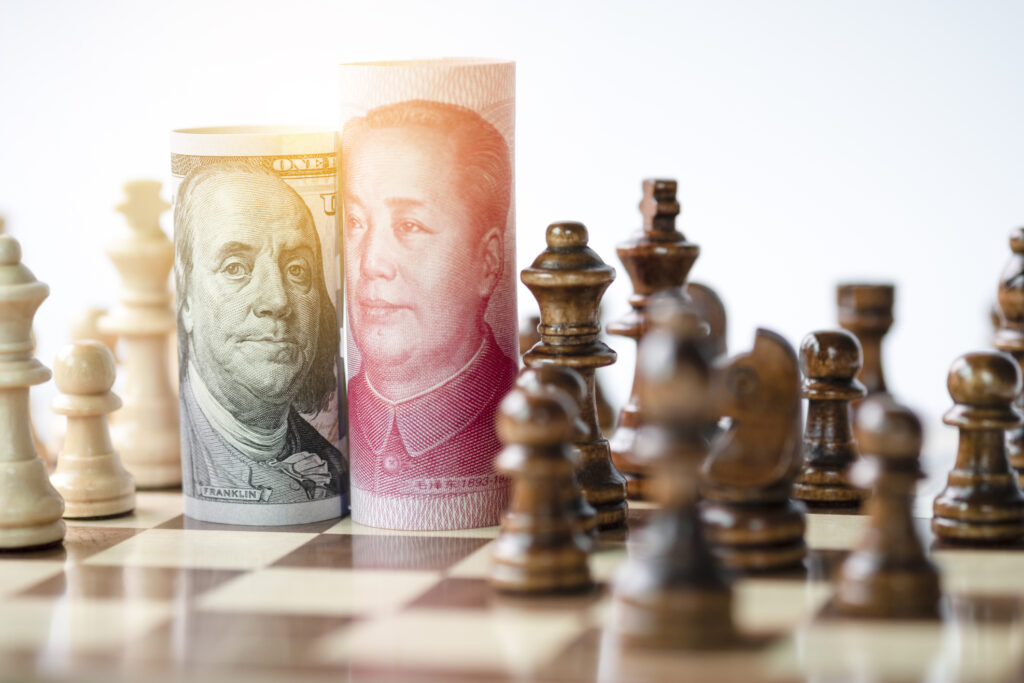
Put another way: The expectations for trade cooperation are pretty low, considering the circumstances.
A U.S. cabinet secretary went to China to talk about trade concerns and came back with no concessions extracted but an agreement for more dialogue.
Stop me if you’ve heard this one before. U.S. and Chinese officials talk, and talk, and talk, nothing gets done but they sign something, the bilateral trade imbalance favoring China continues to climb, and they agree to keep talking. This was the pattern for high-level Sino-American relations in recent years before Donald Trump got elected and blew it all up.
During the four years of the Trump administration, tariffs went up instead. And while those tariffs didn’t extract any more concessions than the endless talks did, they’ve stayed up under the Biden administration. And they have helped reset expectations with the American public: The Chinese government doesn’t play nice at trade.
Its military conducts widespread industrial espionage. Its provincial governments for years have run up overcapacities in industries like steel and aluminum. It helped homegrown companies corner the market on important clean energy products like solar panels, and runs their production through a region full of labor camps.
That’s what makes this latest China visit different, if ever so slightly.
There were no concessions made on the Chinese side – Chinese leader Xi Jinping even visited that region full of labor camps to reiterate support for his government’s repression of ethnic minorities, just as U.S. Commerce Secretary Gina Raimondo arrived in his country. And her visit, according to Politico, resulted in the announcement of “a ‘working group’ on commercial issues and a new export control enforcement ‘information exchange’ dialogue.”
So more talks. More certainty. China will like that as its slowing economy faces a raft of other challenges, and it has already gotten the Biden administration accused of going soft by Republicans, who in 2023 are all China hawks.
But those newly scheduled talks are all China got: The tariffs remain in place and the stringent U.S. export controls on certain high-tech goods that Biden erected remain too, as does the outright ban on goods made in or with materials from Xinjiang – home to those labor camps – that was the result of bipartisan legislation on Capitol Hill.
All those barriers to free access for China to the American market remain in place. Talk is the best China got, and the Biden administration is guarded about even talking too much. From the New York Times’ article on Raimondo’s visit:
Ms. Raimondo expressed wariness at being drawn into unproductive talks with China — a persistent issue over the last several decades. But she also described herself as a pragmatist, who would push to accomplish what she could and not waste time on the rest.
“I don’t want to return to the days of dialogue for dialogue’s sake,” she said. “That being said, nothing good comes from shutting down communication. What comes from lack of communication is mis-assessment, miscalculation and increased risk.”
To its credit, the Biden administration didn’t create a photo-op summit that led nowhere, and it didn’t announce a grand and gaudy deal that turned out to be empty, like the prior two administrations did. This may be the new reality in bilateral economic relations between our two countries: Low expectations, unless China were to announce serious reforms to its approach to U.S. trade. And that hasn’t happened!
Here’s what an academic told Politico – a quote that the publication used as the kicker for its story that I’m stealing in full because I think it’s so illuminating:
“There are surely leaders within the Chinese government who want to rescue the economy, but the general tone is still prioritizing security over economy,” said Ho-fung Hung, a political economy professor at the Johns Hopkins School of Advanced International Studies in Washington. “The U.S. side is sanguine and managing the expectations well: The best they can do is to slow down the deterioration of economic relations while the Chinese economy is heading toward long trouble.”
“It is more about buying time for U.S. businesses to diversify,” he concluded.
